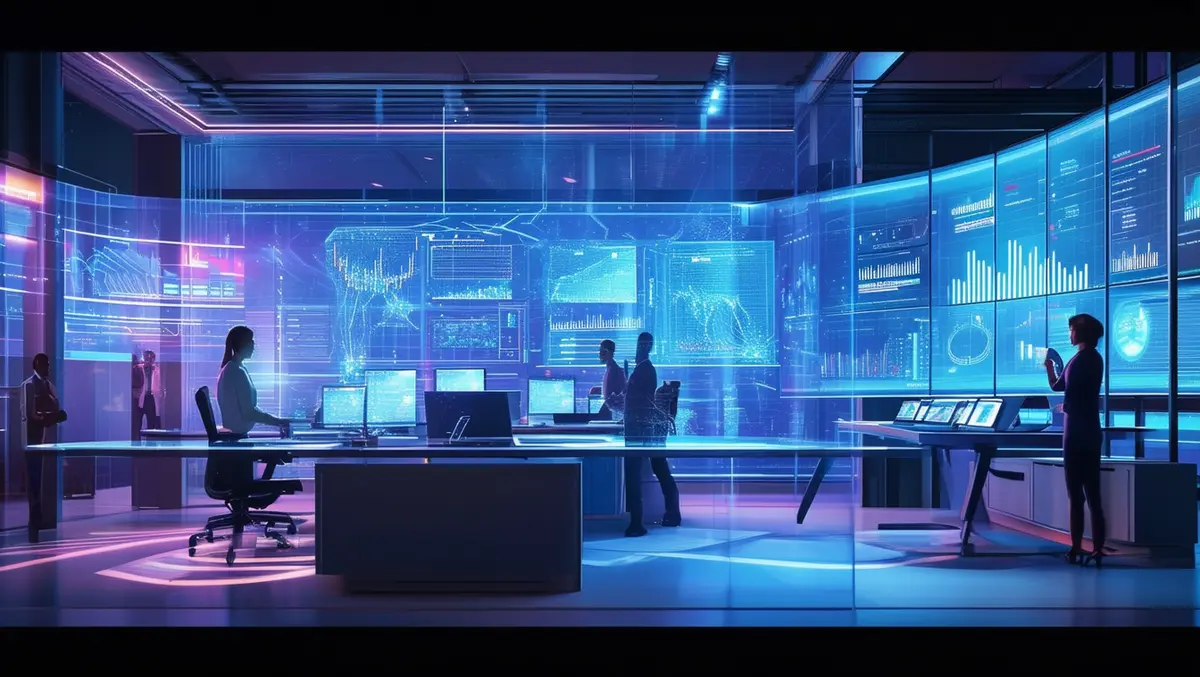
Gartner identifies six transformative technologies for governments
A recent Hype Cycle for Digital Government Services by Gartner identifies six key technologies with potential transformational benefits within the next five years. These technologies include digital employee experience (DEX), AI code assistants, generative AI (GenAI), generative design AI, predictive analytics in government, and workstyle analytics.
Daniel Snyder, Senior Director Analyst at Gartner, emphasises the importance of these technologies for government Chief Information Officers (CIOs). "Delivering services digitally continues to be a priority in government transformation plans," says Snyder. "These technologies will help government CIOs bridge the gap between digital innovation goals and executing against strategy objectives. Collectively, they will be a crucial element for executives in aligning technology innovation to mission outcomes to keep pace with growing citizen expectations."
The Hype Cycle for Digital Government Services aims to present innovative and emerging technologies and practices essential for governments to implement and mature their digital transformation initiatives, ultimately leading to improved business outcomes.
Digital employee experience (DEX) strategies are highlighted as essential in this movement. Through 2027, multidisciplinary digital workplace teams that blend business and technology roles will reportedly be 50% more likely to deliver positive outcomes than those formed by IT alone. DEX strategies involve employing experience best practices such as personas, journey mapping, and voice of the employee to enhance digital dexterity, attract and retain valuable talent, and help employees meet business outcomes. According to Snyder, "A DEX strategy empowers government employees to adopt new ways of working by minimising technology friction, supporting meaningful adoption, applying usage and performance metrics, and making ongoing adjustments."
AI code assistants are also expected to play a significant role. Integrated into developer tools, these assistants use pretrained models to interact with software developers through natural language and code snippets. They perform various functions, including generating, analysing, debugging, fixing, refactoring code, creating documentation, and translating code between languages. Snyder notes, "AI code assistants, unlike their predecessors, enhance developer velocity and expedite problem-solving by explaining and debugging code issues." By 2028, Gartner predicts that 75% of enterprise software engineers will utilise AI code assistants, compared to less than 10% in early 2023.
The focus for generative AI (GenAI) is shifting from foundational models to use cases that deliver return on investment (ROI). Currently, most GenAI implementations are low-risk and internal, but the rapid progress of productivity tools and AI governance practices suggests broader adoption in more critical use cases in industry verticals and scientific discovery is forthcoming.
Generative design AI provides another area of advancement. This technology employs AI to autonomously generate design options based on user-specified parameters and constraints, iterating rapidly through numerous variations to optimise designs. This is seen as particularly relevant for government services, where efficiency in the design process is essential.
Predictive analytics in government is highlighted for its use of machine learning, modelling, and simulation to inform public policy, optimise processes, and improve real-time decision-making. Gartner emphasises the importance of responsible and ethical use to mitigate biases inherent in datasets. Swift, accurate, and safe decisions are critical, and predictive approaches allow for more accurate planning and risk mitigation.
Finally, workstyle analytics (WSA) is gaining attention. By 2027, IT leaders who align digital workplace investments with the current and desired levels of maturity and overall digital ambitions can reportedly reduce waste by 50%. WSA synthesises IT, HR, and business data to understand and improve the relationship between technology investments, employee experience, and business outcomes.


